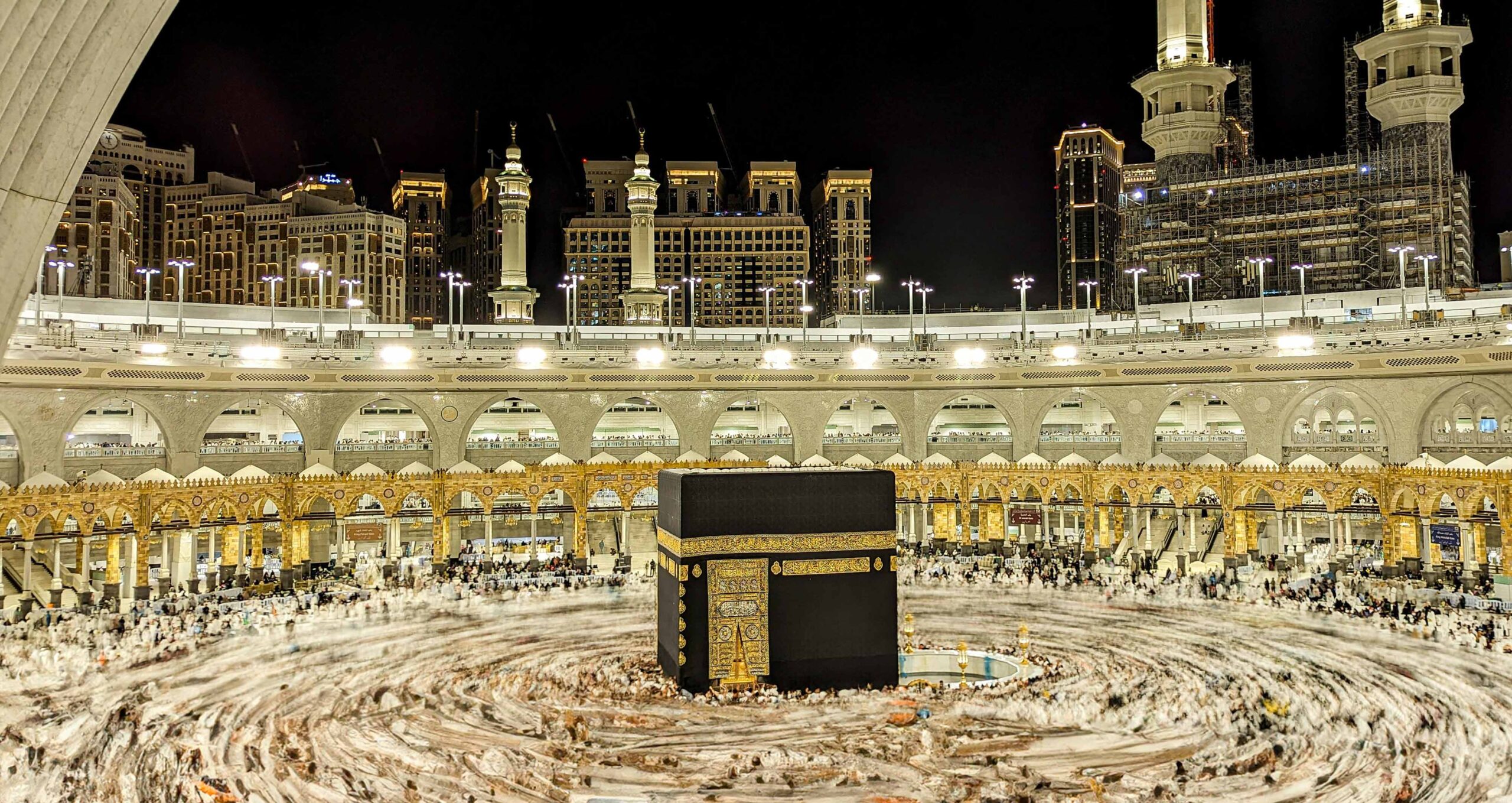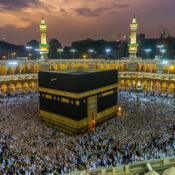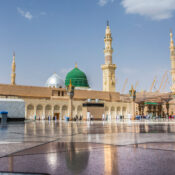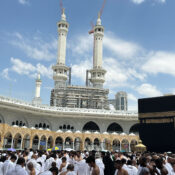
What is the Hajj?
Hajj is one of the most significant spiritual journeys in Islam, representing devotion, equality, and submission to Allah. It is an annual pilgrimage to the holy city of Makkah in Saudi Arabia, and it is one of the Five Pillars of Islam—a fundamental act of worship that every Muslim who is physically and financially able must perform at least once in their lifetime. The pilgrimage takes place during the Islamic month of Dhul-Hijjah, attracting millions of Muslims from around the globe, making it one of the largest religious gatherings in the world.
The Spiritual Essence of Hajj
At its core, Hajj is an act of worship that symbolizes unity, humility, and devotion to Allah. Pilgrims leave behind worldly distinctions of wealth, status, and nationality. They wear simple white garments called Ihram, a symbol of purity and equality before Allah. By participating in this journey, Muslims are reminded of the Day of Judgment and the temporary nature of worldly life. Hajj offers a chance for spiritual renewal, forgiveness of sins, and a fresh start.
Historical Significance of Hajj
The rituals of Hajj trace back to the time of Prophet Ibrahim (Abraham) and his family. According to Islamic tradition, Allah commanded Ibrahim to leave his wife Hajar and son Ismail in the barren desert of Makkah. In search of water for her infant son, Hajar ran between the hills of Safa and Marwah, an act commemorated during Hajj through the ritual of Sa’i.
Allah later commanded Ibrahim to build the Kaaba, the sacred structure at the heart of the Masjid al-Haram in Makkah, which serves as the focal point for Muslim prayer worldwide. The pilgrimage rituals honor these acts of faith and sacrifice, connecting pilgrims to their spiritual heritage.
Key Rituals of Hajj
The Hajj pilgrimage is performed over five days and includes several key rituals:
- Ihram: Pilgrims enter a state of purity and wear simple white garments, avoiding worldly activities and committing to worship.
- Tawaf: Pilgrims walk seven times around the Kaaba in a counterclockwise direction, symbolizing unity in worship.
- Sa’i: Pilgrims run or walk between the hills of Safa and Marwah, honoring Hajar’s search for water.
- Standing at Arafat (Wuquf): Pilgrims spend a day in prayer and reflection at Mount Arafat, considered the spiritual climax of Hajj.
- Muzdalifah and Mina: Pilgrims collect pebbles in Muzdalifah and later perform the symbolic stoning of the devil at Mina, reenacting Ibrahim’s rejection of Satan’s temptation.
- Animal Sacrifice (Qurbani): Pilgrims sacrifice an animal, symbolizing Ibrahim’s willingness to sacrifice his son in obedience to Allah.
Who is Required to Perform Hajj?
Hajj is obligatory for every Muslim who:
- Is an adult of sound mind.
- Is physically and financially capable of performing the journey.
- Can safely travel to Makkah and back.
Those who cannot afford it or have health limitations are not required to perform Hajj, showing Islam’s emphasis on ease and compassion in worship.
The Rewards of Hajj
The Prophet Muhammad (peace be upon him) said, “Whoever performs Hajj and does not commit any obscenity or wrongdoing, will come out as pure and sinless as a newborn child.” Hajj is a profound spiritual reset, offering forgiveness of past sins and renewal of faith. Many pilgrims return home with a stronger connection to Allah, inspired to lead a more righteous life.
Hajj is more than a journey; it is a deeply transformative experience that unites Muslims from all walks of life. Through its rituals, history, and spiritual depth, Hajj reminds believers of their ultimate purpose: to submit to Allah and prepare for the eternal life to come. For those who are blessed to perform Hajj, it is a life-changing pillar of faith and a powerful reminder of Islam’s timeless message of devotion, sacrifice, and unity.







